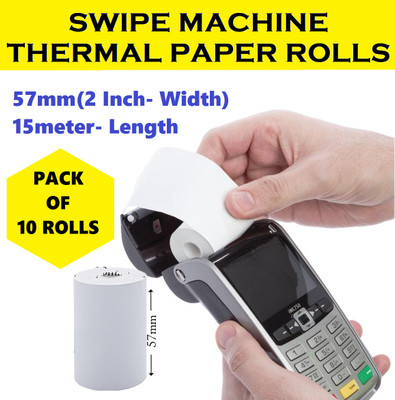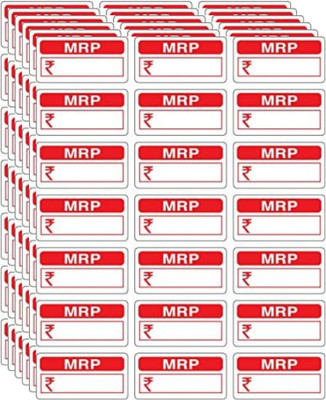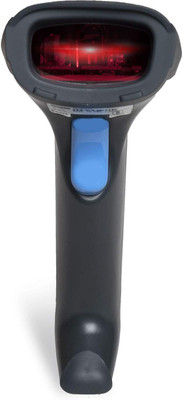

RAISA PRINTECH RECIEPT PRINTER FOR DAILY BILLING | WIRELESS WITH COMPUTER COMPATIBLE Thermal Receipt Printer
RAISA PRINTECH RECIEPT PRINTER FOR DAILY BILLING | WIRELESS WITH COMPUTER COMPATIBLE Thermal Receipt Printer
- Compact and Portable
- 6
- Cash on Delivery available?
| Sales Package |
|
| Brand |
|
| Model Number |
|
| Type |
|
| Print Speed |
|
| Print Type |
|
| Cable Interface |
|
| Cutter Type |
|
| Portable |
|
| Power Consumption |
|
| Power Requirement |
|
| Compatible Paper Width |
|
| Software Requirement |
|
| Resolution |
|
| Paper Roll Diameter |
|
| Paper Type |
|
| Material |
|
| Color |
|
| Battery Present |
|
| Screen Size |
|
| Interface Type |
|
| Charge Time |
|
| Compatible Device |
|
| Key Features |
|
| Other Features |
|
| Height |
|
| Width |
|
| Other Dimensions |
|
| Warranty Summary |
|
| Domestic Warranty |
|
| Service Type |
|
| Covered in Warranty |
|
| Not Covered in Warranty |
|
- 5★
- 4★
- 3★
- 2★
- 1★
- 21
- 8
- 4
- 2
- 12
Pretty good
Srikant Kumar
Certified Buyer, Chandauli District
Feb, 2024
Mind-blowing purchase
Kavali
Certified Buyer, Hyderabad
19 days ago
Very Good
Iathuhlang Lymphuid
Certified Buyer, Kamrup Metropolitan District
1 month ago
Good quality product
Goutam Roy
Certified Buyer, Chirang District
5 months ago
Boasting a roller-based thermal mechanism, this wireless receipt printer supports efficient printing without relying on ink or ribbons. The non-slip base ensures stability during use in mobile work environments. With a sturdy paper compartment and a feed button, loading and advancing paper is easy. Features like a USB Type-C port, logo printing option, and various status indicators, including battery level and power status, enhance convenience. A clearly labelled power switch also simplifies operation.
Thanks to its inbuilt Bluetooth and USB options, this printer connects wirelessly to smartphones, tablets, and computers, while also supporting wired configurations. It works with Android, iOS, and Windows platforms, allowing it to function with a range of billing and POS software. Furthermore, whether it's used in mobile setups or on desks, this dual-mode connection accommodates different usage needs with ease.
Featuring a compact, easy-to-carry build, this mobile printer is suited for situations that demand portability. And, its lightweight form and rechargeable battery support smooth operation in dynamic environments, such as field billing or busy counters. Also, it works with up to 58 mm thermal paper rolls, a commonly used size for receipts and labels. Moreover, the battery support helps maintain uninterrupted printing during outdoor use or brief power outages.
Thanks to its thermal printing setup, this printer runs with low noise, supporting a quiet atmosphere. It reaches a steady print speed of up to 90 mm per second, helping reduce delays during busy periods. Besides, the thermal head is designed for continued use, supporting substantial print lengths. Compatibility with billing apps, like Vyapaar, EZO, and others makes it a practical part of everyday operations.











